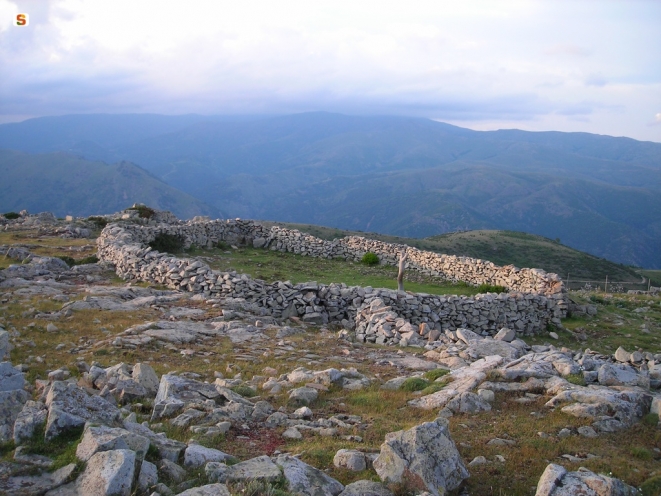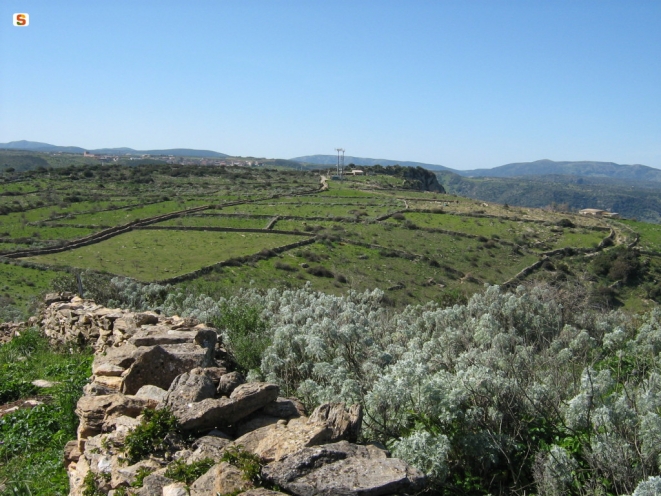The legal order of Barbagia
The revenge as social practice
The code of Barbagia has a history rooted in the customs and own used by a population turned into the use of Community lands, after hearing of community ownership ab origine compared to the birth of the Kingdom of Italy.
After the proclamation of the unification of Italy on March 17, 1861, the crucial issue for the government was to manage the destination of the former feudal domains on which burdened the civic uses exerted by the population, comprising the entitlement of grazing, farming and wood gathering.
The abolition of the shared use rights of the territories, which occurred with the law of 1865 that qualifies as a crime against the state property the collective use of the land, marks a profound adversity by the shepherds community to the state law.
The general discontent was already defined among the people with the enactment of the Edict of Enclosures issued by the Viceroy Carlo Felice with the law of 1820, which allowed "any owner to freely close a hedge, or wall, pit, whatever its soil not subjected to easements of pasture, passage, or fountain of water trough".

Thus authorizing the fence of cultivated land in order to facilitate a smooth and rational cultivation, so as to avoid any damage to sheep farming. In a pastoral economy in which the free grazing of sheep along the land was an institution, such measures have not only increased the possibilities for development of rich peasants towards an increasingly ingrained private property at the expense of small farmers and shepherds.
All this led to the spread of several fights between shepherds and lords of the state up to the violent motions of "su Connottu (the known), exploded in Nuoro in 1868 when shepherds and farmers occupied the town hall burning the land registers. The shouting of the promoters of the uprising aimed at restoring the collective use of the land, to return to "su connottu", precisely, the customary rules already known.
In this historical and social context of fights and riots often resulting in murders or devastations, took more space the implementation of rules of conduct, unwritten, constituting a real legal qualified in the Barbagian code. The parallel existence of two codes, one national legislative and other of customary origin means that the latter was considered as illegal and contrary to the mandatory rules of the state.
The replacement action, however, applied by the Barbagian code, born from the insular popular mistrust towards the national governmental entities increasingly seen as a colonizing force.

It provides a set of legal rules accepted in the tacit consent from the people expressed in the practice of behavioral conformity to it. The code provides, in its definition of legal order, revenge as a social practice of the community not the individual for the offense: "The offense should be avenged.
The man who escapes the duty of revenge is not honorable..." states Article 1 of the First Cape of the code, pleading only because of higher moral reason. The person who has the right and duty to take revenge is the offended no one else.
Describing it as "proportionate, progressive or conservative" (Article 18, Chapter III), the code shown in revenge a reactive measure to the offense to be exercised within certain time limits and with means, such as "all offensive actions scheduled as long as are conducted in order to make fairly manifested their specific nature "(article 19, Chapter III).
Therefore, the code contains age-old rules of behavior aimed at social regulation, in the sense of order and coexistence, which consider revenge as a practice community reaction to the suffered offenses. In other words, the revenge was qualified as a justice of which the entire community took care.